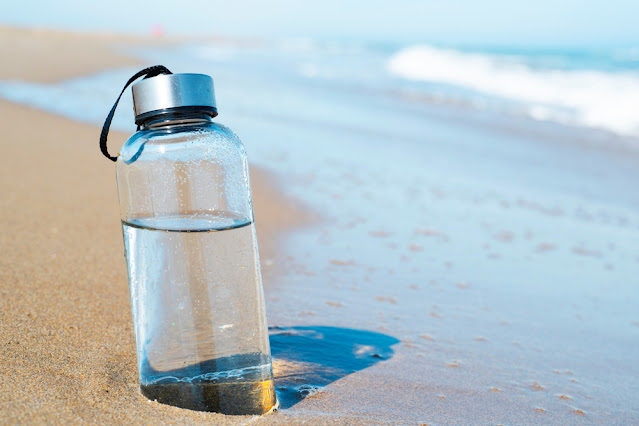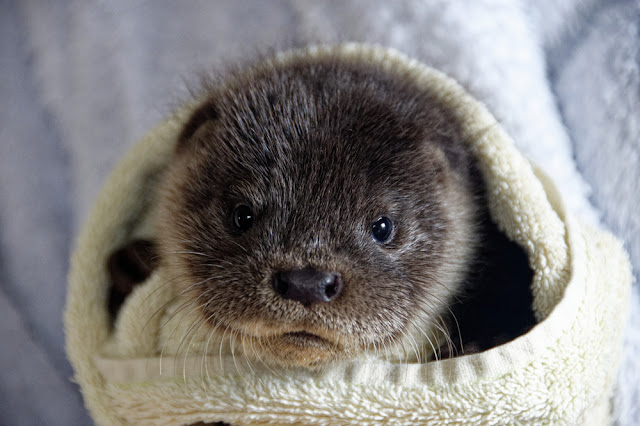Misinformation about climate change is common and can be very damaging

In the last few decades, a huge amount of scientific research has been done on whether global warming is caused by human activities. Despite the overwhelming evidence, a small number of scientists deny global warming and climate change, often basing their reasoning on misconceptions or research with major flaws. To reduce the negative effects of misinformation, it is important to recognize it and know how to neutralize it. Peer-reviewing articles is an important step in this process, as it allows other scientists to check the quality. However, many scientists who deny climate change have decided to skip this review phase and report their results directly in the media. This can be damaging, as it keeps misconceptions alive and can increase the number of people who doubt climate change is real. Additionally, instead of discussing these misconceptions in the scientific community, they are widely spread and often attract a lot of media attention. In this articl...






